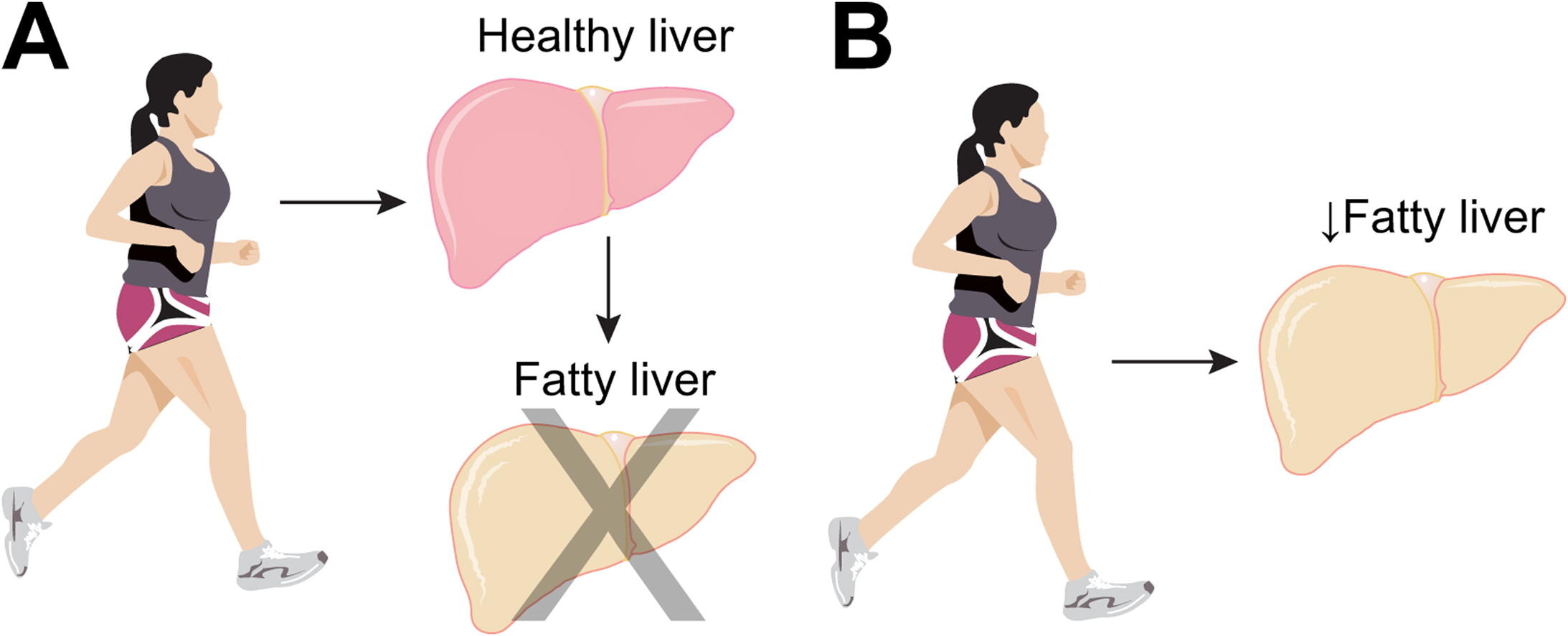Running News Daily
Running News Daily is edited by Bob Anderson. Send your news items to bob@mybestruns.com Advertising opportunities available. Train the Kenyan Way at KATA Kenya and Portugal owned and operated by Bob Anderson. Be sure to catch our movie A Long Run the movie KATA Running Camps and KATA Potato Farms - 31 now open in Kenya! https://kata.ke/
Index to Daily Posts · Sign Up For Updates · Run The World Feed
Exercise can help prevent fatty liver disease, new research suggests. Here’s why that’s a big deal.
Running and strength training are two activities that may prevent a condition known as non-alcoholic fatty liver disease (NAFLD), new research shows.
This may be due to the fact that exercise aids in lowering inflammation in your body and builds lean muscle mass that can help replace fat—both factors in the cause of NAFLD.

Running is beneficial for your heart, brain, and muscles—and new research suggests your liver could see the advantages as well.
A condition known as metabolic liver disease or non-alcoholic fatty liver disease (NAFLD) involves fat deposits in the liver that increase over time and negatively impair your mitochondria (which play a role in turning the energy we get from food into energy our cells can use). That can impact how you metabolize carbohydrates, lipids, and proteins, and can lead to organ damage if not addressed.
A recent study in the journal Molecular Metabolism suggests that exercise can change mitochondrial function enough to reduce development of fatty liver deposits. Researchers fed mice a high-calorie diet to prompt liver fat development, then had some of them do treadmill training for six weeks. At the end of that time, those who’d been running showed more regulated liver enzymes and better mitochondrial activity.
Previous studies on people have shown the same connection between better liver function and regular exercise. For instance, a 2016 randomized clinical trial on those with NAFLD showed that vigorous and moderate exercise improved liver health markers. And commentary in 2018 in Gene Expression noted that exercise increases fatty acid oxidation and prevents mitochondrial damage in the liver.
Although preventing NAFLD might seem less important than other warding off other health risks like cardiovascular disease, cancer, or dementia, the condition’s prevalence rate indicates that it’s a major health problem—and it could get worse. When the disease shifts to a more severe form, it’s called nonalcoholic steatohepatitis (NASH), and it causes liver swelling and damage.
According to the American Liver Association, about 1 in 4 people have NASH and most are between the ages of 40 and 60. Up to a quarter of those with the condition develop cirrhosis, late-stage scarring in the liver that may require a transplant.
A 2018 study estimates that NAFLD will increase by 21 percent from 2015 to 2030, while NASH is expected to rise by 63 percent in the same timeframe. Those researchers anticipate that deaths due to these liver conditions will increase by 178 percent by 2030.
“The good news is that lifestyle changes can make a big difference, both for preventing NAFLD, as well as controlling or even reversing the condition if you have it,” Jeff McIntyre, NASH program director for the Global Liver Institute, told Runner’s World.
He said that in addition to regular activity like running, other lifestyle strategies include avoiding foods with added sugar—a potentially major cause of liver inflammation, he said —and incorporating strength training into your routine, since lean muscle mass can help replace fat.
“There are no approved medications yet for NASH or for NAFLD, so the main strategy for prevention and treatment is exercise and nutrition,” he said. “Plus, you’ll benefit other aspects of your body at the same time, like your cardiovascular system and cognitive health. So movement really is medicine.”
by Runner’s World
Login to leave a comment




